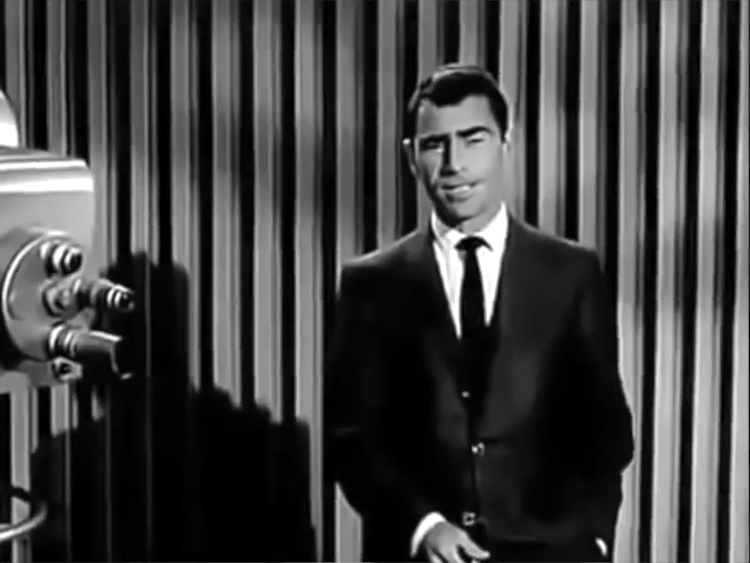How Rod Serling Used Allegory to Make Episodes of ‘The Twilight Zone’ Feel Culturally Relevant

In an extremely insightful essay about the iconic original series The Twilight Zone, artist Zane Whitener of In Praise of Shadows takes a look at how subjects that appear to be too fantastic for real life were actually written to be culturally relevant through the use of allegory. Whitener cites examples from such episodes as "The Monsters Are Due on Maple Street", "Nick of Time" and "Time Enough at Last" to show how Rod Serling, Richard Matheson and the whole writing team addressed such cultural concerns of Communism, racism, nuclear warfare, loneliness, mob mentality and mass hysteria by focusing on a concept, object or situation as a storytelling device that felt very real.
The Twilight Zone style of horror and science fiction storytelling something was always revealed about the characters by the introduction of the allegorical device into the plot. "everything in Serling's and Matheson's writing meant something to them. They wrote about monsters and unknown terrors but that was so they could also write about real people they knew. That's what grounded a story and that's what made it real. And by Serling talking directly to the audience itself at the end of every episode, he made the situations real to the audience.
- A Mesmerizing Supercut of Every Time Rod Serling Says 'The Twilight Zone'
- Twilight Zone Live On Stage in San Francisco
- Twilight Zone: The Plays
The post How Rod Serling Used Allegory to Make Episodes of 'The Twilight Zone' Feel Culturally Relevant appeared first on Laughing Squid.